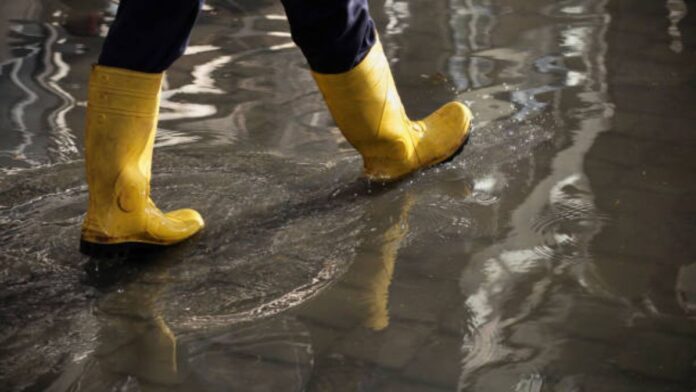Culverts are critical elements of infrastructure that enable water to pass beneath a bridge, road, or railway without disturbing traffic movement, whether from rivers and streams, tidal inlets, or storms.
Many of these important infrastructure items were planned and placed many years ago, and they may no longer be able to manage floods and debris required during modern storm occurrences. In this article, you’ll learn about why box culverts are the best way to prevent flooding.
What Is A Box Culvert?
A drain pipe or channel is placed into roadways, trains, or bridges to let water flow beneath the surface. Box culverts are diverse structures that may be used for a variety of purposes, including:
Bridging
Box culverts are often used for bridging, allowing roads, trains, and tracks to be created while rivers are preserved beneath them.
Crossings for Stock and Wildlife
Box culverts can be utilized to allow wildlife to cross rivers and streams freely.
Drainage
Precast Box Culverts are also perfect for use in drainage systems, allowing stormwater drainage pathways to flow smoothly and effectively, preventing floods.
Ducting for Industrial Applications
Box culverts have also been used in several industrial applications to house electrical cables or as steam, air, or water ducts. Additionally, box culverts can sometimes be used as emergency escape routes.
Benefits Of Box Culverts
Hazard Mitigation
By having the capacity to carry huge amounts of water and reducing any flood water build-up and spilling onto adjacent properties, culverts can decrease flooding on nearby properties.
They’ll also move water through the system slower, lowering the risk of erosion downstream from high-velocity water.
Siting Considerations
The primary procedure for dealing with culverts that are too small is to:
- Evaluate dangerous road crossings
- Prioritize the issues
- Upgrade
Various instruments and methodologies are available to analyze the risk of road crossings. Direct communication to officials in charge of transportation networks, whether at the local, state, or federal level, is frequently the easiest strategy.
These employees will frequently be able to offer information about road crossings and may point you to areas where flooding has occurred in the past.
Reduced Costs
Culvert and bridge replacement prices vary by region and situation, but from a materials and labor basis, updating facility infrastructures can be more costly than replacing them.
On the other hand, undersized road crossings need more regular repair and maintenance than improved versions.
As a result, when maintenance and replacement costs are considered, an updated, adequately sized culvert might have a reduced average yearly cost during its lifespan than an undersized culvert.
Co-Benefits
In addition to enhancing traffic infrastructure resilience, boosting water flow via culverts provides significant ecological advantages, including habitat restoration and river reconnection for migratory animals.
For reproductive and juvenile phases of their life cycles, commercial migratory species of fish such as trout and salmon rely heavily on access to river and stream headwaters.
Not only are these species benefiting from reconnecting streams, but the related outdoor recreation industry also benefits from better fisheries health and resilience.
Conclusion
Reducing the constraints associated with water flow via culverts or bridges, and restoring a much more natural flood cycle, can have considerable advantages for floodplain and coastal rehabilitation.
References:
- https://nrcsolutions.org/flood-friendly-culverts/
- https://www.flooddefenders.org/why-your-community-needs-pipes-culverts-and-ditches
- https://civilmart.com.au/blog/what-is-a-box-culvert/
- https://novaformworks.com/box-culvert-uses-advantages/#:~:text=The%20precast%20concrete%20box%20culverts,to%20other%20kinds%20of%20culverts.









